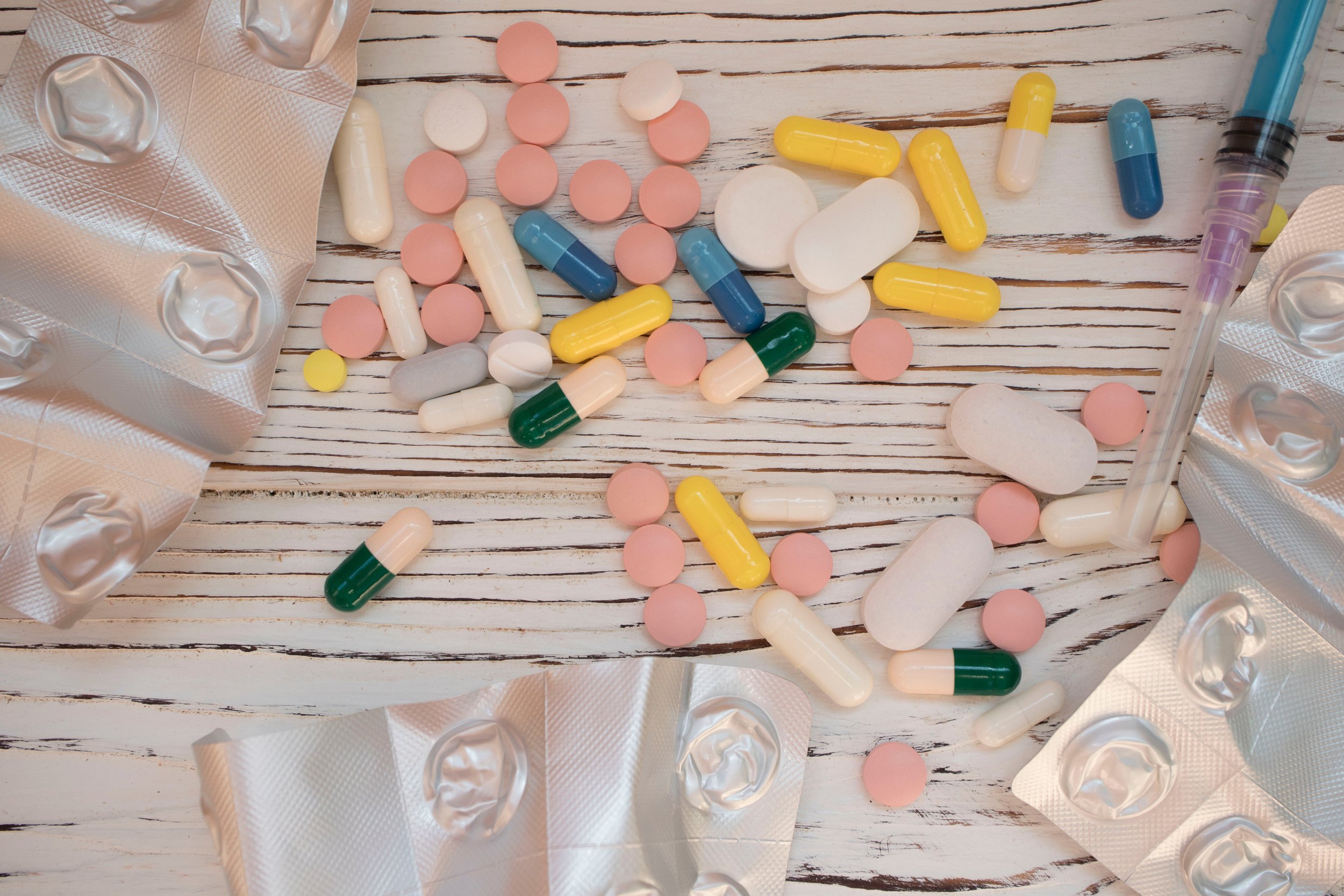South Dakota Department Of Health And SDAHO Provide Hope For Opioid Use Disorders Through ED Toolkit
In South Dakota, where opioid related deaths have increased 105% from 2012 to 2021, emergency rooms are locations where patients seek help when an overdose has occurred. It has been determined that emergency rooms are key settings in which improved patient outcomes and transitions into recovery begin. The South Dakota Department of Health in partnership with the CDC, and South Dakota Association of Hospital Organizations (SDAHO) has launched ED Toolkit to improve these efforts. MED spoke with RN Clinical Improvement Consultant, Michelle Hofer, from SDAHO on this important project.
MED: What is ED Toolkit?
MH: ED (Emergency Department) Toolkit is an interactive guide for providers and staff to help support them in improving care for at risk patients with substance and opioid use disorders. It is a compilation of best practices for screening, diagnosing, referring, and providing resources and connections for patients. The goal of ED Toolkit is to support state-wide efforts in improving linkages to care, through sharing of evidence-based practices, to help decrease and prevent substance use disorder, opioid use disorder and overdose.
MED: How was the Toolkit developed?
MH: This project began back in 2019 and was funded by the OD2A (Overdose Data To Action) CDC Cooperative Agreement. A statewide assessment was conducted in 2020 to understand what policies and practices exist within South Dakota hospitals. 49 hospitals were invited, with 33 participating in the survey. Questions were asked about substance use disorder (SUD) and opioid use disorder (OUD) education, screening, intervention, treatment, overdose, Prescription Drug Monitoring Program (PDMP), and naloxone distribution. The assessment showed what the needs were in South Dakota, and the toolkit was developed to meet these needs.
MED: What did the assessment reveal?
MH: Results of the assessment showed that many evidence-based practices around SUD and OUD have not been formalized in South Dakota emergency rooms. For example, only 18% of hospitals have a formal practice to educate patients who are prescribed opioids about safe storage and disposal, only about half of South Dakota hospitals have a formal practice for screening patients for OUD/SUD, and staff lack education on the importance of intervening and recognizing high risk patients. The assessment also identified the lack of referral facilities and available beds as the greatest barriers in helping SUD/OUD patients receive treatment.
MED: South Dakota sees many substance use disorders involving alcohol and methamphetamine. Is the Toolkit beneficial for these substance use disorders as well?
MH: Yes. Many of the resources in the toolkit are universal and can be used for other substance use disorders as well as opioid use disorder. The toolkit contains screening tools such as the NIDA (National Institute on Drug Abuse) Quick Screen which asks questions around alcohol, illegal drugs, and sedatives. There are also resources for patients and families such as Care Coordination, peer support, family resources and Helpline 211. Staff will find resources and training on topics such as Medication-Assisted Treatment (MAT), Prescription Drug Monitoring Program (PDMP) use, motivational interviewing, non-opioid pain treatment options, and connections to treatment centers across South Dakota.
MED: Is ED Toolkit only for ED’s?
MH: No. The toolkit began with a focus in the emergency room as it is a key partner in preventing and responding to SUD and OUD. However, we are finding as we work within the state, the resources in the toolkit extend far beyond emergency rooms and are very valuable within other hospital departments as well as clinics and other medical offices.
MED: What type of support is available for facilities that are involved?
MH: SDAHO became involved with ED Toolkit in 2021 to assist the State of South Dakota in its outreach efforts. Loretta Bryan, BSN, RN, CPHQ and I work individually with interested facilities to evaluate what is currently in place, how to best utilize what is currently in place and then how to build upon what is available based on the individual facility’s capabilities and needs. Some locations have chosen to incorporate multiple pieces of the toolkit at once, while others have chosen to start with one item and then add on as able. This is not a one-size-fits-all toolkit. We are available to meet 1:1 with facilities for evaluation and training as desired.
MED: Why is it important for facilities to be involved with ED Toolkit?
MH: This opportunity is very important for South Dakota hospitals, clinics and other interested entities to become involved with. Unfortunately, OUD and SUD are worsening in our state.
From 2017 to 2021, drug-related deaths have increased 41% and opioid-related deaths have increased 23%. (DOH Vital Statistics)
In 2020-2021, 49% of unintentional overdose deaths were opioid-related. (DOH Vital Statistics)
In 2022, there were 1,737 suspected overdose emergency department visits. 32% of those visits were among the 15-24 age group (DOSE)
In October 2022, there were 187 suspected overdose emergency department visits, which was the highest number of visits reported in 2022. (DOSE)
When a patient suspected of overdose presents to your facility for help, will you and your staff know how to help them? The resources are available and the time to act is NOW.
To learn more about ED Toolkit or for an in-depth review of your facility and resources available, please contact SDAHO’s RN Clinical Improvement Consultants:
Loretta Bryan loretta.bryan@sdaho.org
Michelle Hofer michelle.hofer@sdaho.org
Please visit https://www.avoidopioidsd.com/for-providers/emergency-department-provider-toolkit/ to view the toolkit


